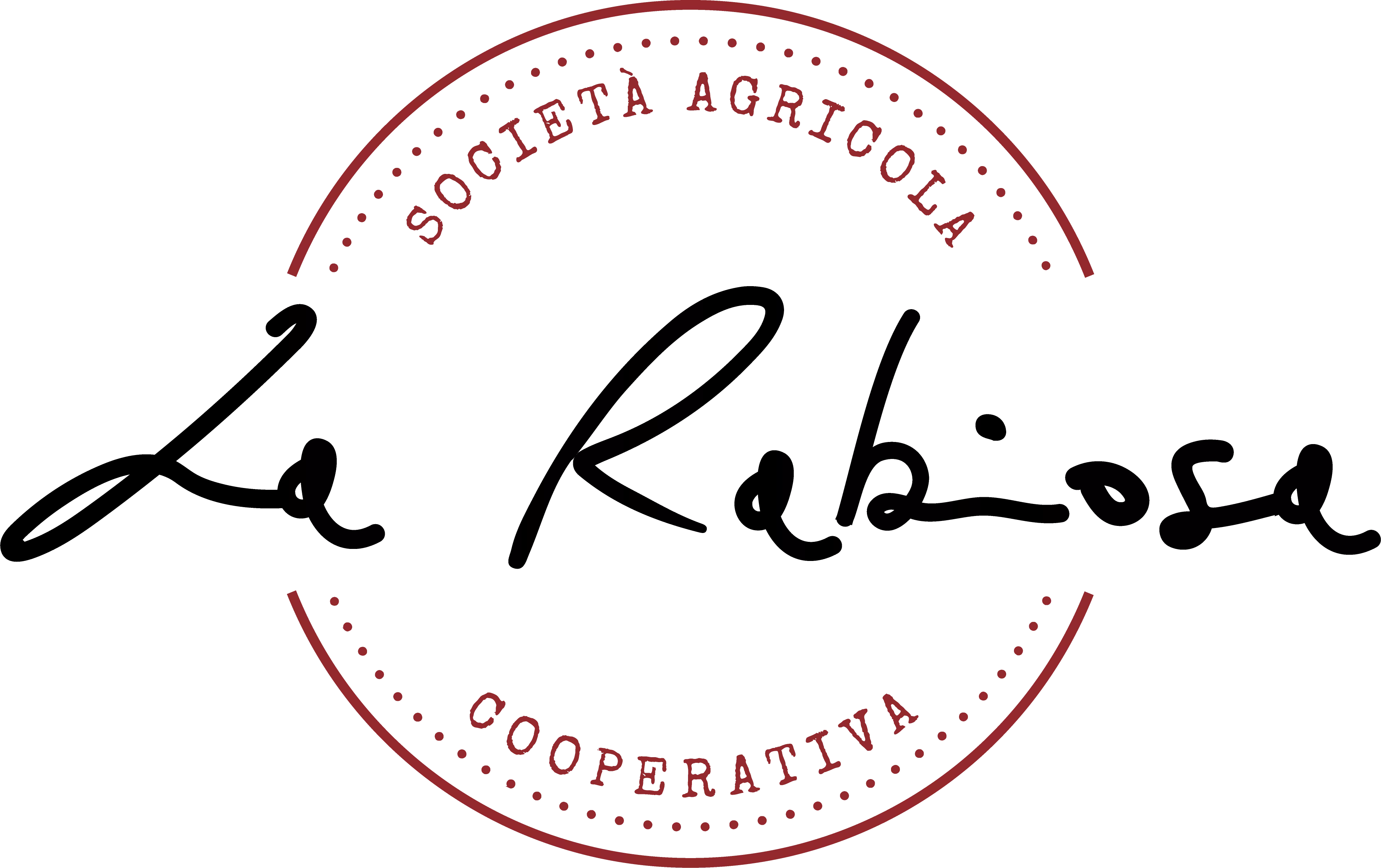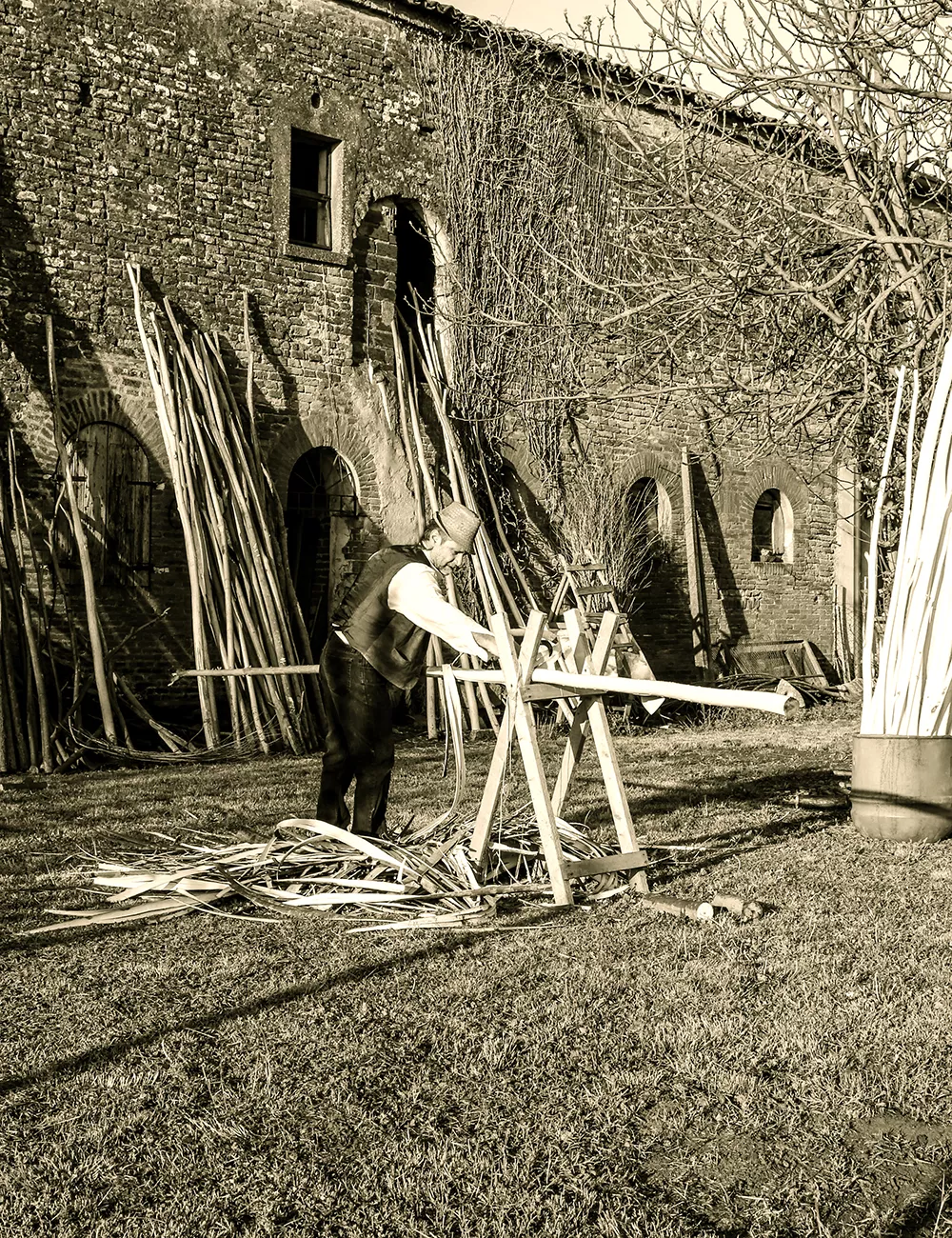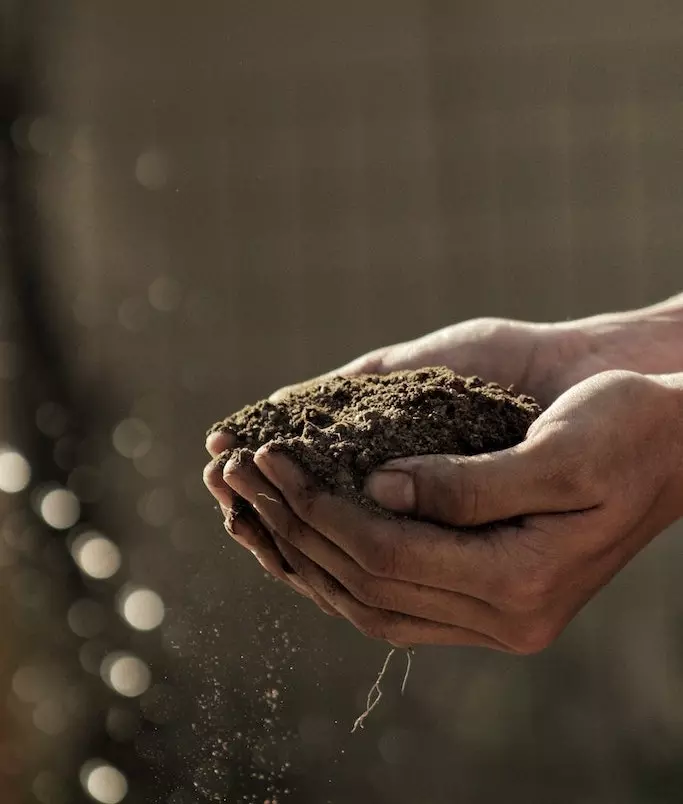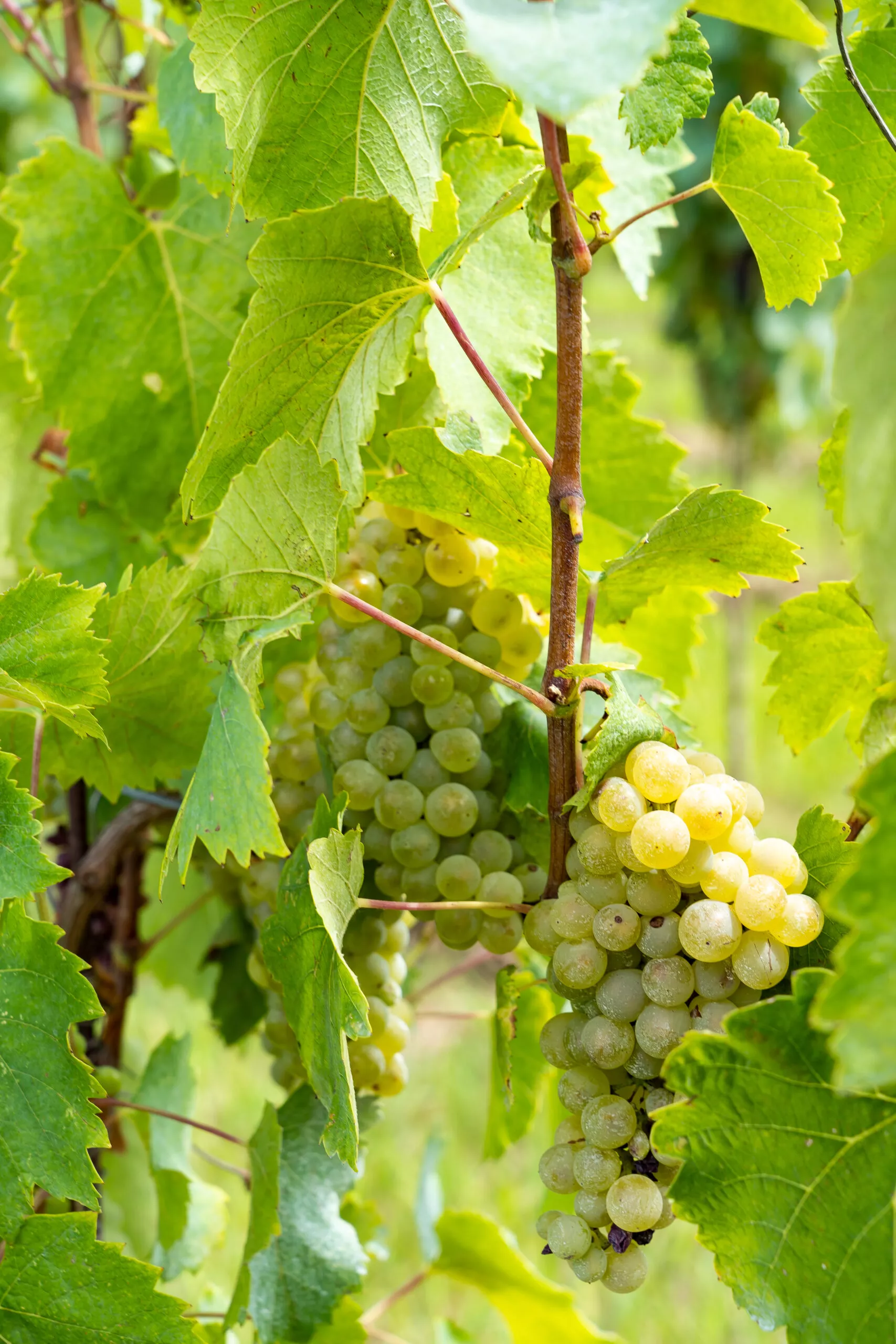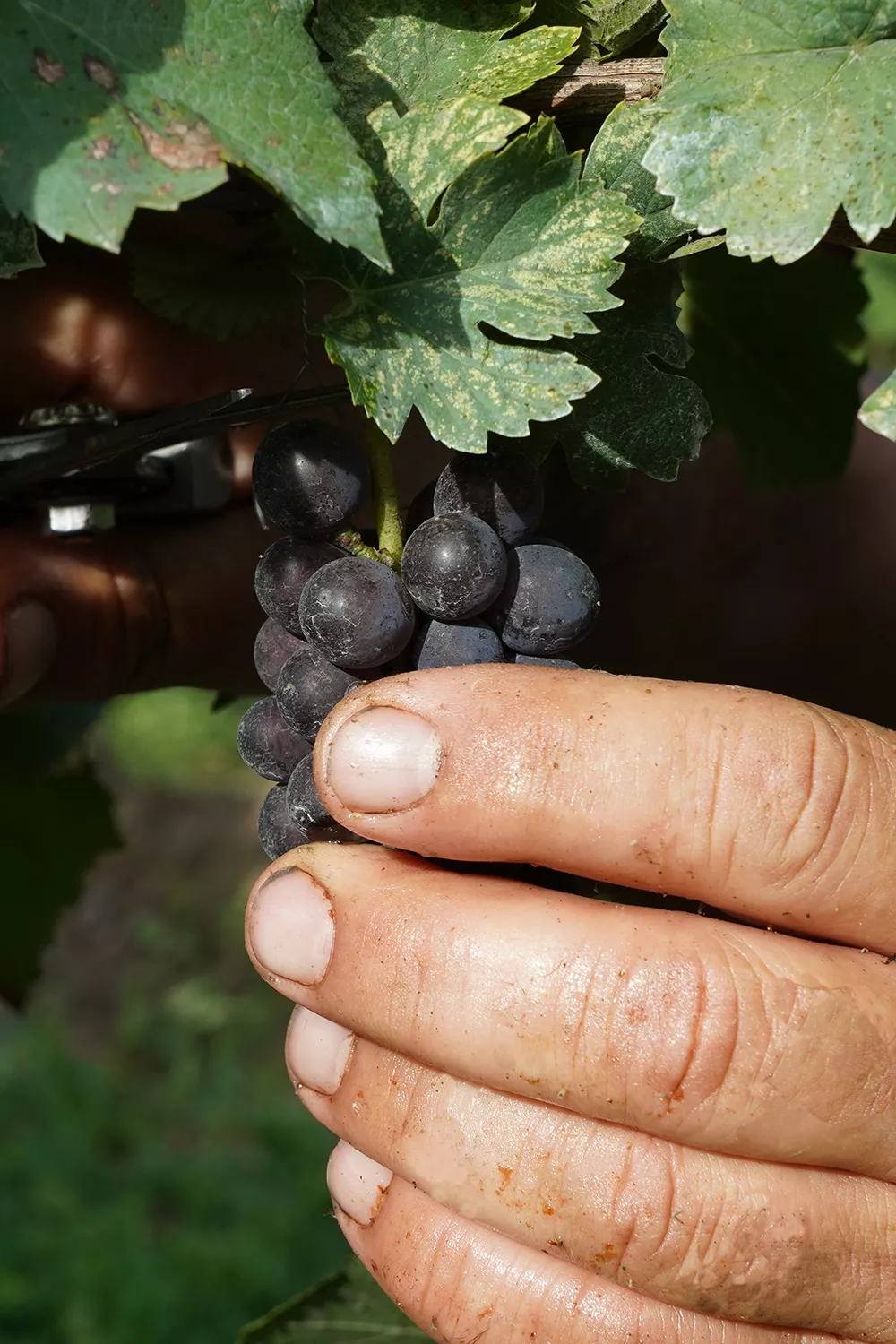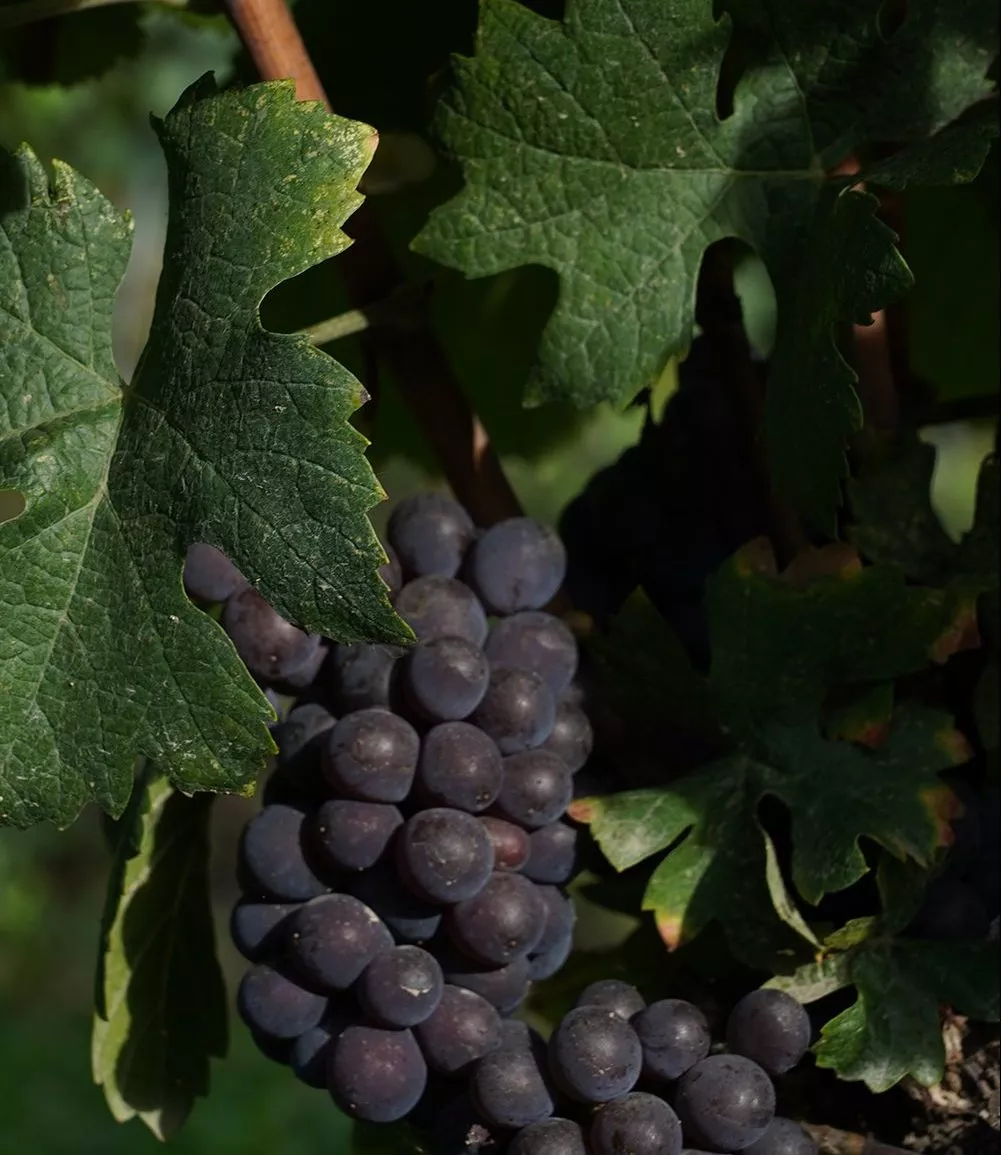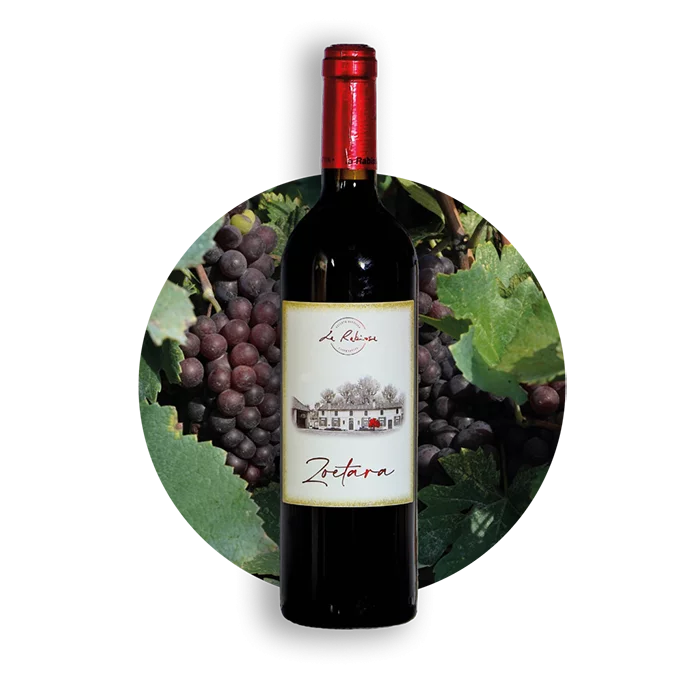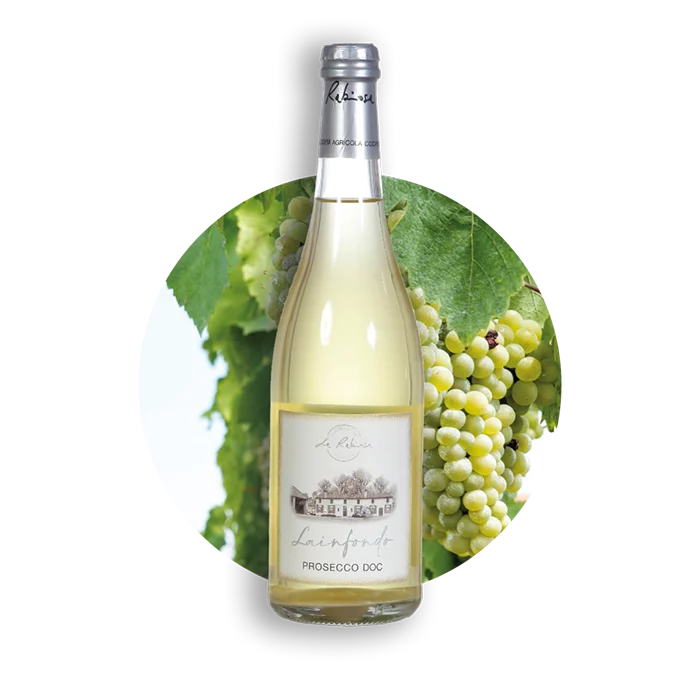WE CHOSE TO GO BACK TO ORIGINS,
TO FOCUS ON






recovery of the
ancient vineyards
La Rabiosa promotes and encourages the recovery of ancient vineyards and the restoration of winemaking methods that have now been abandoned due to the growing mechanization of production processes.
The ancient vineyards have almost completely disappeared, replaced by young more fashionable varieties. The Veneto region, and in particular the province of Padua, has a huge heritage of old vineyards able to reveal the true and most authentic link with the in which they grow. These vineyards must be protected as they are a part of history of the communities living there.
These vineyards have dozens of years of history, and that is why the wines that come from them are capable of giving sensations that go beyond forest fruits, acidity and persistence, going so far as to upset the classic taste perceptions of those who approach. The reason is that after decades the roots of the vines find constant availability of water and nutrients for their metabolism. That’s why the bunches come from these vineyards have more regular ripening in addition to the fact that the skins contain more aromatic substances.
The old vineyards are a cultural value, a heritage of biodiversity and a historical foundation to be safeguarded.
the vernazzola
The “Vernazzola” is a native vine whose presence dates back to the first half of the 1600s. A certain Giacomo Agostinetti in 1679 speaks of Vernazzola stating that its best use is for the production of a sweet wine, leaving the grapes to dry for 4 or 6 days in the sun.
Vernazzola grapes, when facing the light, are very sensitive and susceptible to sunburn. Also for this reason it was usual to cultivate it far from the direct sunlight, like the shade created by the leaves of other plants, like mulberries and willows.
During the last few years La Rabiosa has recovered some branches of the centuries-old un-grafted vineyards of Vernazzola located in Urbana (Padua Province). After analyzing their genome it was possible to create a wonderful vineyard in the “Laghi” area in the city of Merlara (Padua Province).
Vernazzola is very suitable for refermentation both in autoclave and in the bottle in a sparkling and frizzante versions. Typical tasting notes of Vernazzola are notes of ripe apple, peach, thyme, oregano, dry vegetable and hay. The taste is very complex, soft and persistent. By postponing the harvest and leaving the grapes to macerate in contact with the skins it can be obtained a more complex wine with peculiar characteristics.
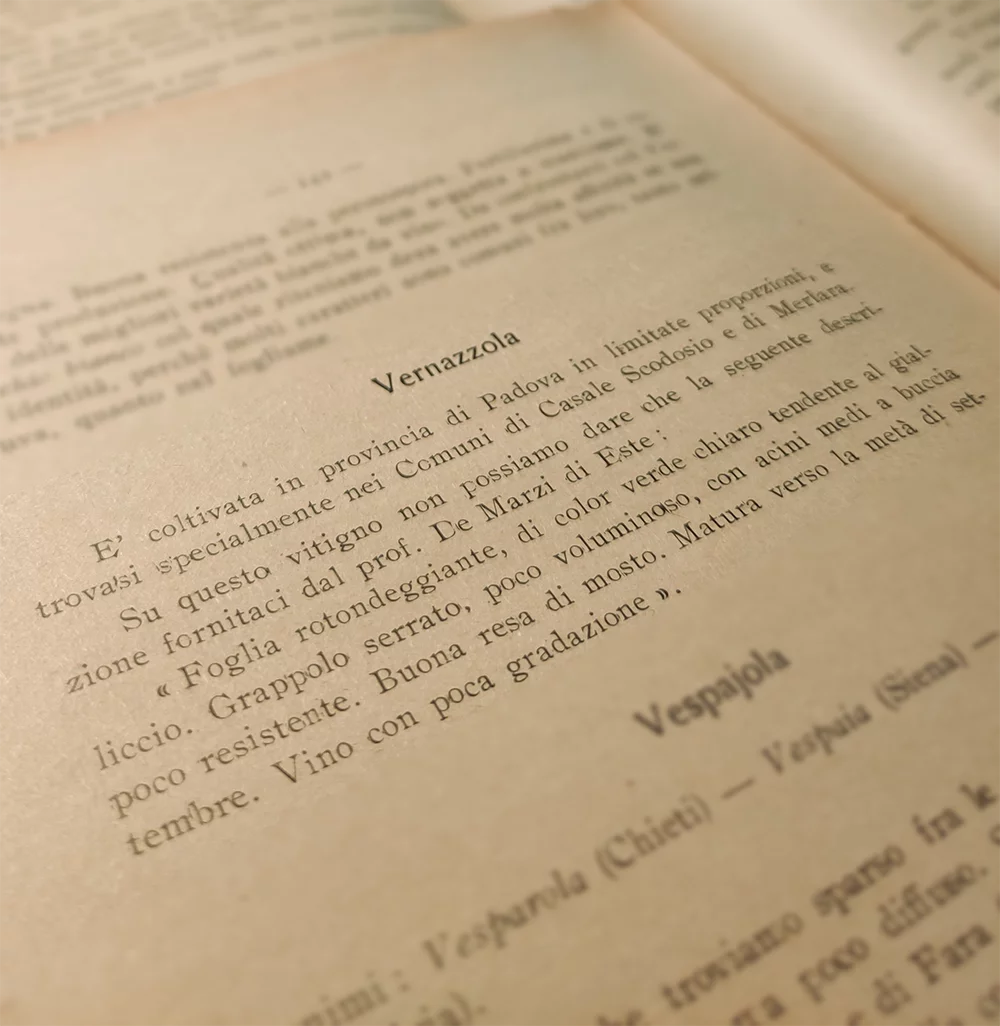
raboso veronese
Although the name may suggest a provenance from the province of Verona, in reality there are no confirmations in this sense. It would seem, however, that this name comes from a certain Mr Veronesi.
Well present in Veneto since the beginning of the nineteenth century, in 1925, the scholar of ampelography Norberto Marzotto, stated that the spread of Raboso Veronese had begun from the possessions of the Counts Papadopoli of Cologna Veneta ( Verona province).
The vine has a good diffusion on the territory of Pianura Padana thanks to a good resistance to winter cold and to the predilection for alluvial and sandy-silty soils.
Raboso is recognizable not so much for its aromas, but for an important combinations of acidity-tannicity that contradicts it. It is for this reason we tend to produce wines that we age for a long time in wood to smooth out all this exuberance or wines ready to drink sharp and less demanding. When the wine is still young it presents violet reflections, but as it aged the color tends more and more to garnet.
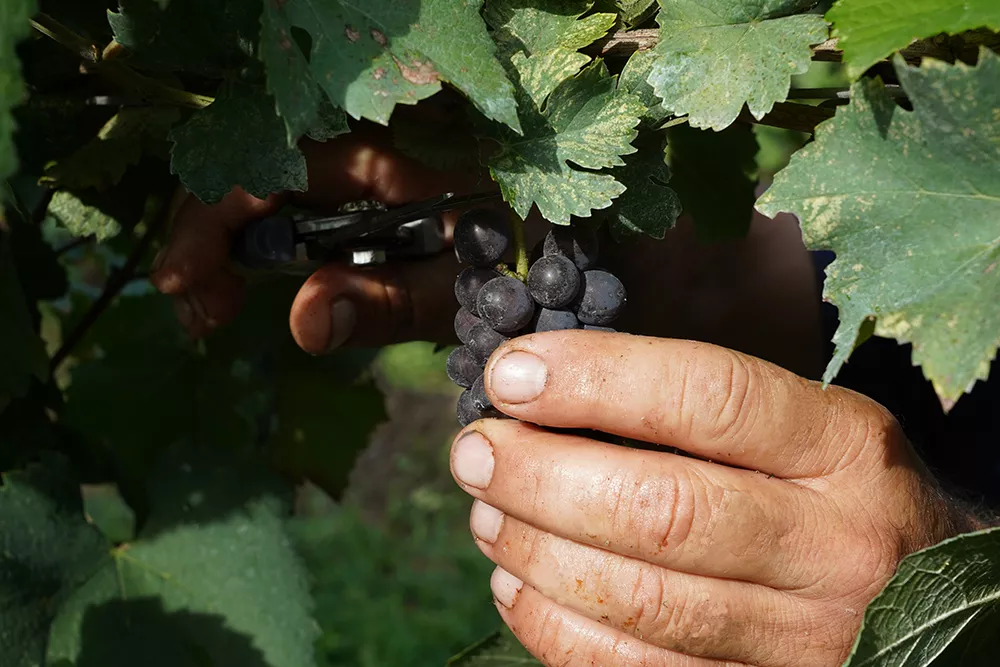

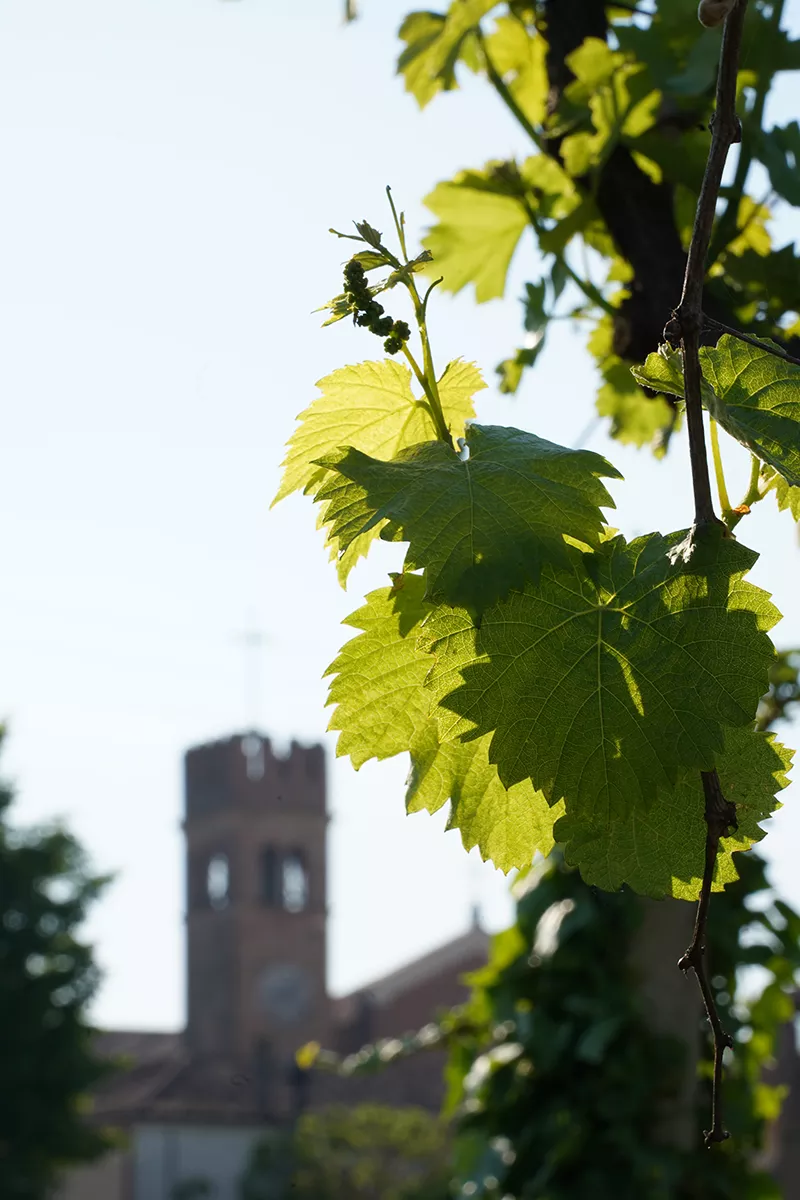
wine in amphora
Among its rediscovery objectives, La Rabiosa has undertaken the amphora winemaking technique. Terracotta amphora is a natural material, simple and with an added value compared to wood: terracotta does not give up aromas and above all does not change the organoleptic appearance of the wine, keeping its identity profile at its maximum potential. The amphora is also breathable, therefore during the aging the wines are microoxygenated naturally, without human intervention.
The practice of terracotta vinification requires the use of skins for fermentation. In alcoholic fermentation, the grapes are then macerated on the skins; at this stage it is necessary to provide daily crowding to ensure proper fermentation and ensure the extraction of organic compounds fundamental both for the aromatic profile of the wines and for their aging. Generally the wine remains in amphora for 6 months. Among the advantages of producing wine in amphora there is first of all the duration of these containers, practically eternal (unlike the wood that after a few steps runs out and therefore needs to be replaced). Terracotta also prevents the spread of microorganisms harmful to the organoleptic profile of wines such as Brettanomyces, responsible for the production of phenolic aromatic compounds that cause the famous smell of stable in wines.
Making wine in amphora is a very ancient technique, which dates back thousands of years. Today it requires more manual work, as the process is not mechanized, however it is an ideal process that allows us to rediscover the most authentic flavors and aromas of ancient wines.
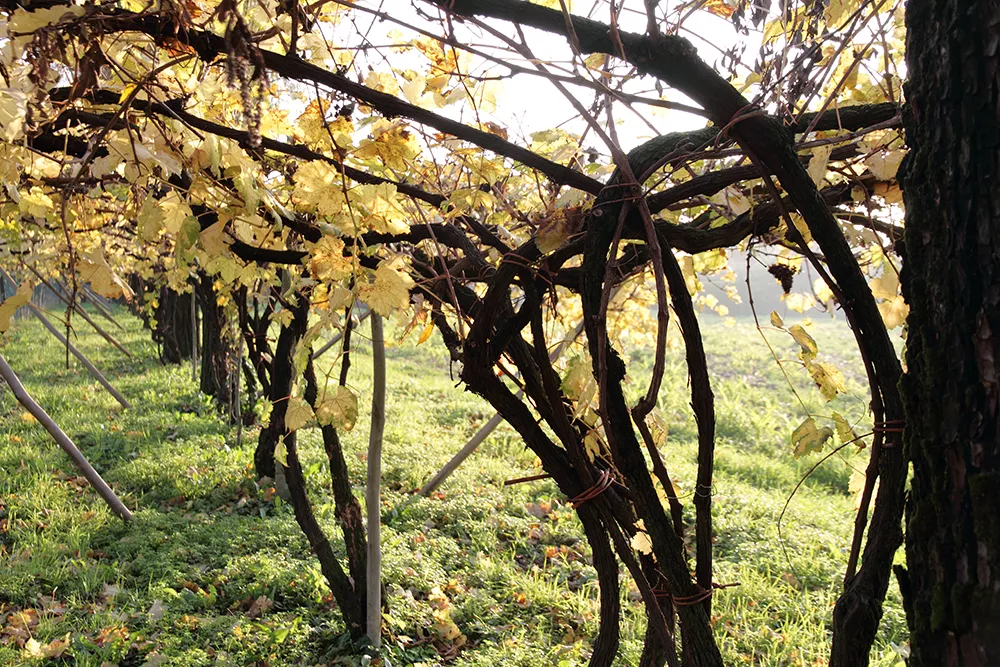
THE PRODUCT OF OUR WORK
